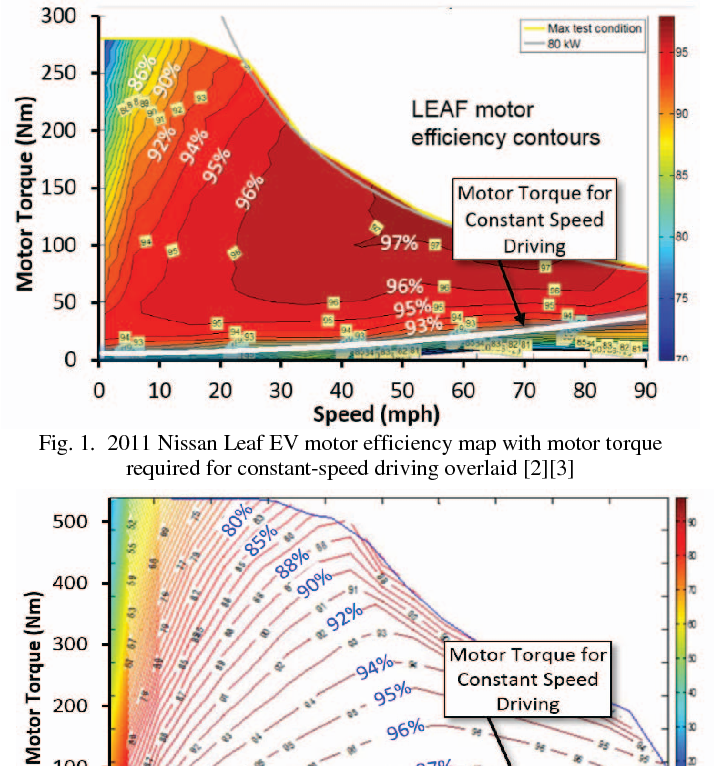I am trying to understand what affects motor efficiency. Please feel free to correct any misconceptions I might have.
I am speaking of motor efficiency as the motor’s ability to change electric energy into mechanical energy.
In other words, an 90% efficient motor would lose 10% of it’s energy converting electric energy to mechanical.
My understanding is that for any motor RPM, there is an ideal current to produce the highest efficiency at that RPM.
There is also, of course, a specific RPM/Current combination to give the highest efficiency that the motor is capable of.
So, for maximum motor efficiency, at various speeds, the current should be set to the RPM.
What would change this curve?
Does Voltage, aside from when the voltage is too low or too high to allow the motor to achieve that RPM at that current?
Does Load, aside when the load is too low or too high to allow the motor to achieve that RPM at that current?
What about motor temperature? Would that change the RPM/current curve?
I am speaking of motor efficiency as the motor’s ability to change electric energy into mechanical energy.
In other words, an 90% efficient motor would lose 10% of it’s energy converting electric energy to mechanical.
My understanding is that for any motor RPM, there is an ideal current to produce the highest efficiency at that RPM.
There is also, of course, a specific RPM/Current combination to give the highest efficiency that the motor is capable of.
So, for maximum motor efficiency, at various speeds, the current should be set to the RPM.
What would change this curve?
Does Voltage, aside from when the voltage is too low or too high to allow the motor to achieve that RPM at that current?
Does Load, aside when the load is too low or too high to allow the motor to achieve that RPM at that current?
What about motor temperature? Would that change the RPM/current curve?


